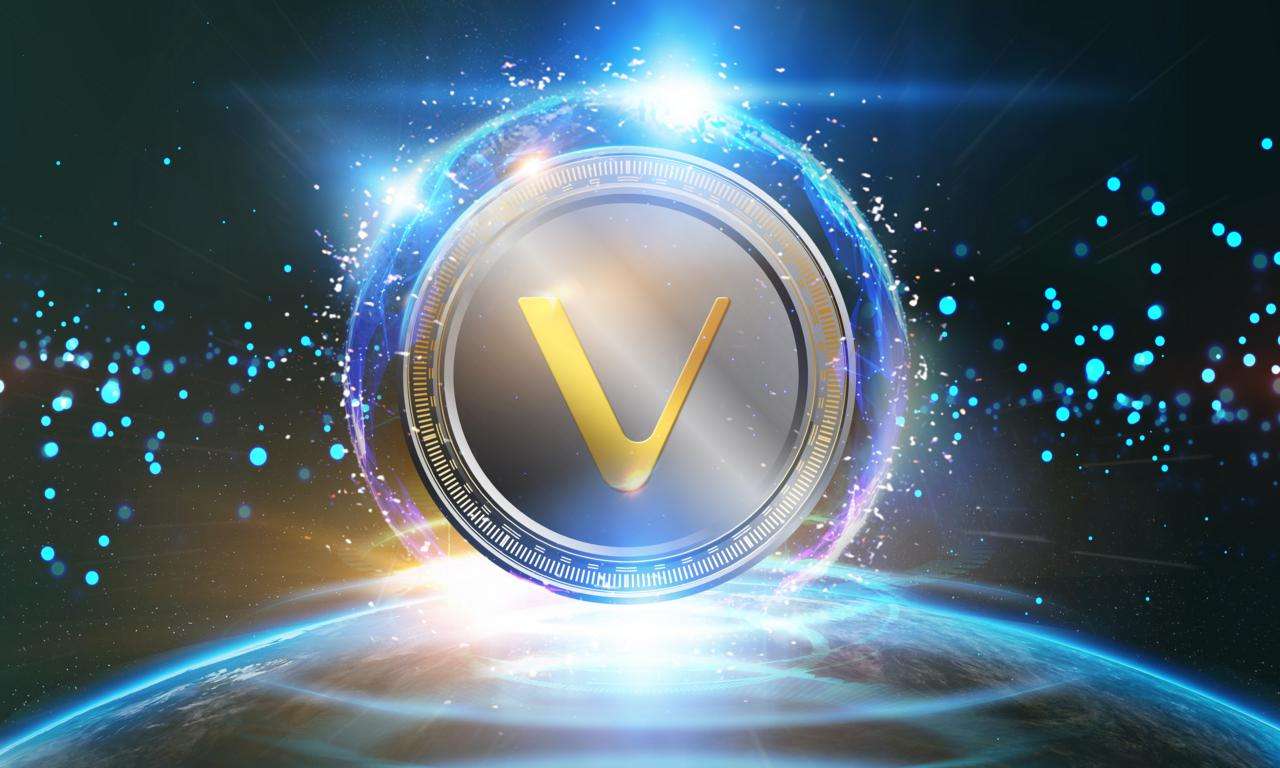GameStop NFT market goes live, Hong Kong’s NFT concept and more
The non-fungible token (NFT) marketplace for US video game retailer GameStop has officially gone live on the Ethereum (ETH) layer 2 blockchain ImmutableX, all part of the latest Web3 push by the game retailer.
The pair first partnered in February to build the marketplace that offers a $100 million grant for NFT content creators and technology developers before a public beta of the NFT marketplace debuted in July.
With the announcement of the full launch on October 31, GameStop’s marketplace will allow popular Web3 games on ImmutableX such as the RPG Illuvium and Gods Unchained to be accessed by users.
Gamestop has been working to launch a series of Web3-powered products over the past year with a beta self-custodial crypto wallet released in May that integrates with the NFT marketplace.
In March, the retailer also launched its first beta NFT marketplace on Loopring, an Ethereum-based layer-2 protocol.
Last September, GameStop announced a partnership with FTX US aimed at bringing more customers to crypto and collaborating on e-commerce and online marketing initiatives.
Hong Kong’s proof of concept NFTs
On October 31, the Hong Kong government released a policy statement setting out its stance on virtual assets and detailing associated pilot projects, one of which involved NFTs.
Its NFT-based project is a proof of concept to promote the use of NFTs with the Government’s Financial Services and Treasury Bureau (FSTB) and Foreign Investment Department InvestHK issuing NFTs at their flagship Hong Kong Fintech Week event.
The NFT serves as proof of participation for conference attendees with the statement that it is a “digital token and commemorative that uses blockchain technology to celebrate their participation”.
The NFT can also be used to create an Augmented Reality (AR) avatar “to experience the Metaverse” while at the event, and holders will receive a discount on tickets to the 2023 event.
Although it is not mentioned which blockchain the NFTs are minted on, they can be stored in a crypto wallet, or for those without a wallet, they can be stored as what the statement calls an “NFT-to-be” with a user storing it on an email address until they create a digital wallet.
Hong Kong Fintech Week kicked off on October 31 and sees speakers from a number of Web3 firms, including Yat Siu, co-founder of Animoca Brands, Sam Bankman-Fried, co-founder of FTX, and Sebastien Borget, co-founder of The Sandbox metaverse and others.
Art Gobblers makes over $20 million hours after launch
The NFT project “Art Gobblers” created by Justin Roiland, the co-creator of the popular animated show Rick and Morty, has seen almost $20.5 million in ETH volume just seven hours after launch.
The project is a collaboration between Roiland and the venture capital company Paradigm, and describes itself as an “experimental decentralized art factory”.
According to Blur data, the project is seeing strong launch success with 12,906 ETH in volume at the time of writing.
According to a Paradigm overview, the Art Gobblers ecosystem is meant to work by financially incentivizing artists and collectors in a feedback loop for both to contribute to the project, either with better art, or more money.

Artists create a drawing using the website tool which can then be turned into an NFT provided they have enough native tokens called GOO, these NFTs can then be “eaten” by an Art Gobbler who will store the artwork in their “belly gallery” of NFT – artwork related to the Gobbler on the chain.
The project also adopts other deflationary measures such as limiting the amount of NFTs that can be minted and mechanisms that automatically adjust prices in coordination with an issuance plan.
The first coin saw 2,000 “Gobblers” minted with the community expected to use GOO tokens to mint another 8,000 over the next 10 years.
Cardano NFTs hit third place for trading volume
Cardano (ADA) NFTs increased in trading volume in the past month, placing the blockchain in third place according to an Oct. 27 report from analytics platform DappRadar.
The report said that in the past 30 days, Cardano’s NFT volume reached $191 million, bringing it to the third largest NFT protocol behind Ethereum and Solana (SOL).
Related: An introduction to decentralized NFT directories
Blockchain’s popular NFT marketplace JPG Store saw a 40% increase in trading volume in the last 30 days, also reaching a value of $11.2 million.
DappRadar attributes the increase to the blockchain’s Vasil hardfork upgrade launched on September 22, which brought with it increased efficiency for its smart contracts that allow decentralized applications to deploy and run at lower costs.
More good news:
American National Basketball League (NBA) athlete Steph Curry filed a trademark application for a so-called “Curryverse” that could see the basketball champion gain exclusive rights for, among other things, “metaversal appearances.”
A Japanese town has adopted a metaverse-based school to try to get students to attend classes with students able to explore a virtual campus and classrooms, although students must get permission from their real school principals before they can attend.
You may also like...


